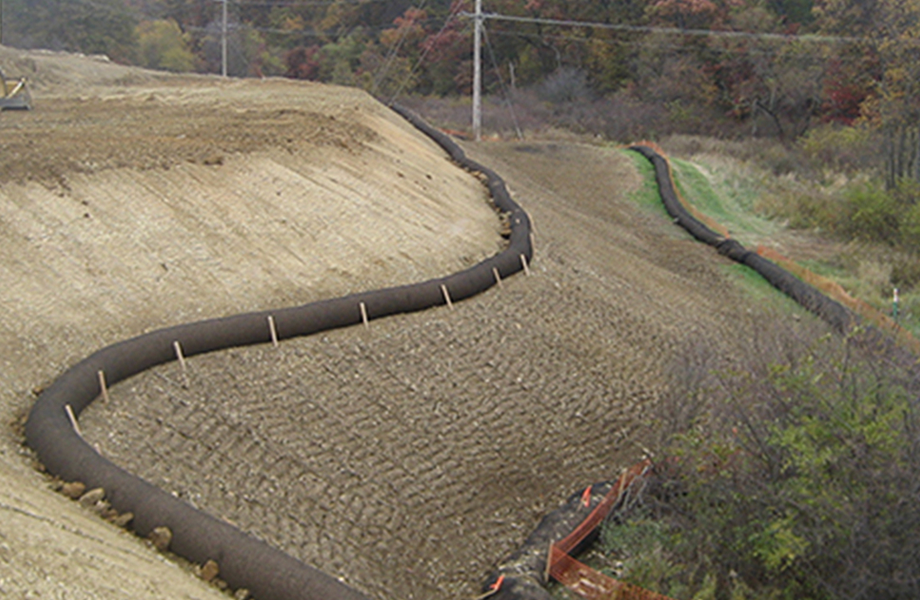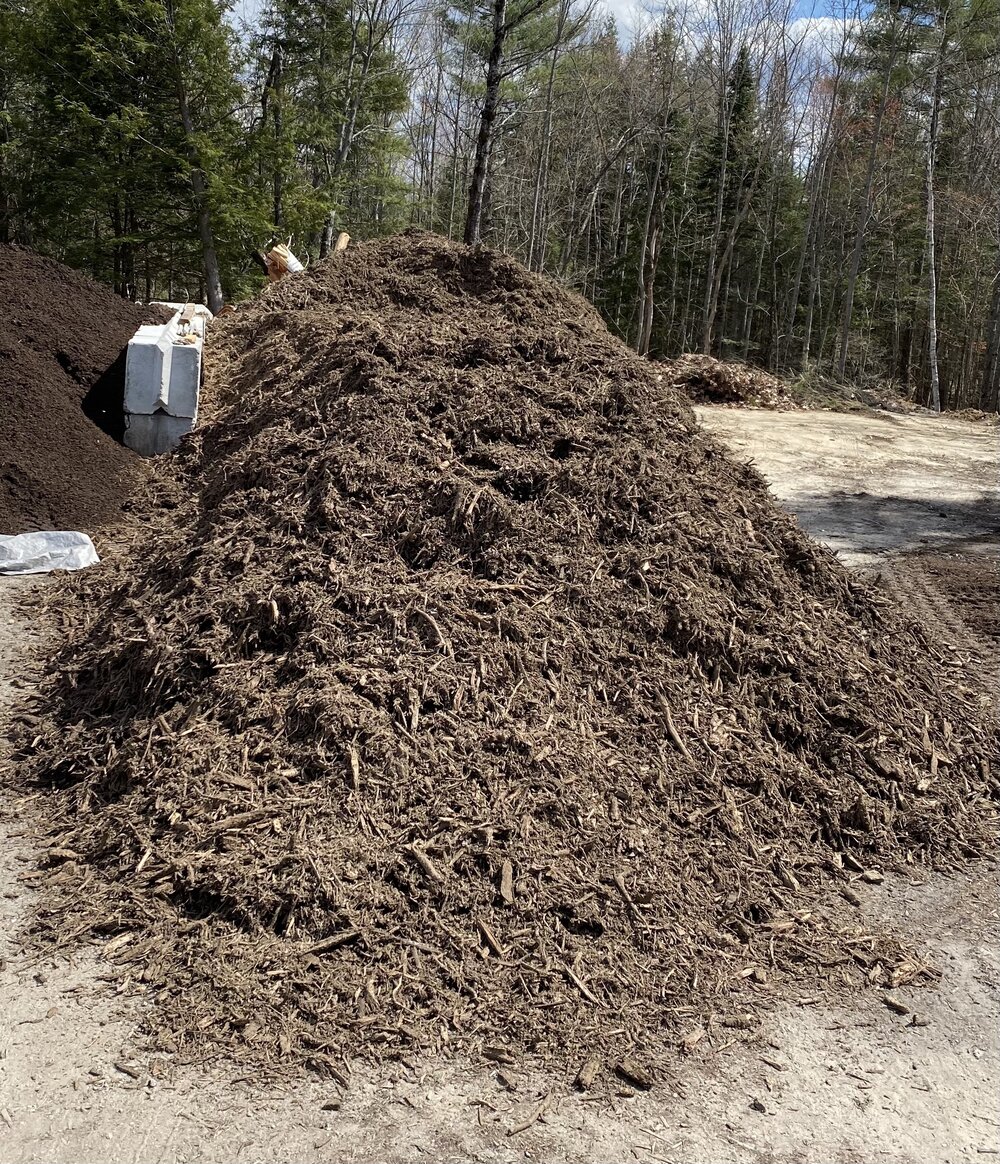Hydroseeding Solutions: A Greener Approach to Land Management
Wiki Article
Efficient Erosion Control Methods for Sustainable Land Monitoring
Are you looking for methods to properly handle erosion on your land? Look no additional! This write-up will certainly offer you with important info on the value of disintegration control in sustainable land monitoring. Discover the different kinds of disintegration and their influence on your land, as well as all-natural techniques to regulate erosion. Discover how to execute reliable erosion control steps and make certain correct monitoring and upkeep. Beginning taking activity today to secure and preserve your valuable land.Importance of Disintegration Control in Lasting Land Management
Since it assists prevent soil destruction and loss,Erosion control is essential for lasting land administration. By applying efficient disintegration control techniques, you can make sure the lasting wellness and efficiency of your land. Without correct erosion control actions, soil erosion can happen, bring about the loss of beneficial topsoil that is rich in nutrients essential for plant development.One of the primary reasons disintegration control is crucial is since it assists to preserve soil fertility. Furthermore, erosion can lead to sedimentation in close-by water bodies, which can negatively affect aquatic ecological communities.
An additional secret benefit of disintegration control is the prevention of land degradation. Erosion can trigger the loss of vital topsoil, which takes years to form normally. This loss of topsoil can result in unsuccessful and barren land, making it challenging for plants to expand and for ecosystems to flourish. By implementing disintegration control strategies such as terracing, contour plowing, and making use of cover plants, you can assist avoid land deterioration and preserve the health of your land.

Kinds of Erosion and Their Effect on Land
Understanding the numerous types of erosion and just how they impact the land can assist you implement better land management techniques. Disintegration is the procedure by which soil, rocks, and other materials are gradually deteriorated and moved by natural forces such as wind, ice, and water. There are four major sorts of disintegration: sheet disintegration, rill erosion, gully disintegration, and mass movement disintegration.Sheet disintegration happens when a thin layer of soil is removed uniformly from the surface of the land. Rill disintegration, on the other hand, happens when tiny networks or rivulets are created on the land due to the flow of water.
Gully erosion is more severe and occurs when larger gullies or channels are developed due to the continuous flow of water. Mass activity erosion refers to the activity of big amounts of soil and rocks downhill due to the pressure of gravity.
Recognizing these different kinds of disintegration and their impact on the land is crucial for reliable land management. By executing disintegration control methods such as terracing, contour plowing, and reforestation, you can decrease erosion and maintain the stability of the land. In addition, practicing great land management strategies like appropriate crop turning, keeping ground cover, and using debris control procedures can additionally aid in avoiding erosion.
Natural Disintegration Control Techniques for Sustainable Land Management
By applying natural erosion control methods, you can successfully maintain the integrity and take care of of your land. One reliable approach is the use of vegetation, such as plants and grasses, to support soil and protect against erosion. Growing native species can help enhance origin density and bind the dirt together, minimizing the threat of erosion brought on by heavy rainfall or wind (Memphis Erosion Control Solutions excavation). Furthermore, mulching is an additional natural technique that can help manage disintegration. By applying a layer of organic mulch, such as timber chips or straw, you can safeguard the soil from the impact of raindrops, decreasing soil compaction and drainage. Another all-natural disintegration control method is contouring the land. By producing contour lines or balconies on slopes, you can reduce the flow of water and allow it to permeate the dirt, reducing erosion. In areas where disintegration is a significant concern, setting up erosion control coverings or floor coverings can be useful. These floor coverings are constructed from eco-friendly products and help support the soil up until plant life is established. In general, by utilizing these all-natural erosion control techniques, you can successfully manage and safeguard your land from disintegration, guaranteeing its long-term sustainability.Executing Effective Disintegration Control Steps

One such method is the use of disintegration control blankets. Additionally, growing vegetation is a vital step in disintegration control. By carrying out these shown disintegration control techniques, you can properly safeguard your land and reduce the danger of erosion and its detrimental impacts.
Monitoring and Upkeep of Disintegration Control Strategies
When surveillance and preserving disintegration control actions, it's crucial to frequently evaluate the erosion control blankets, balconies, plant life, and sediment control steps to guarantee they are operating correctly and properly preventing erosion (erosion control). By carrying out routine inspections, you can determine any kind of issues or shortages in the erosion control methods and take essential activities to fix them
Begin by inspecting see here the erosion control blankets. Look for signs of damages or wear, such as rips or revealed soil.
Inspect for indications of erosion, such as sediment build-up or irregular surface areas. Make certain that the terraces are appropriately designed and kept to draw away water circulation and minimize erosion.
Evaluate the vegetation in the disintegration control area. Ensure that it is healthy and balanced and appropriately covers the dirt. Search for any kind of indications of plant stress or condition, and address them without delay. Appropriate vegetation protection helps stop and stabilize the soil disintegration.
Last but not least, check the sediment control procedures, such as sediment look these up containers or debris fences. Make certain they are appropriately mounted and working as intended. Eliminate any kind of built up debris and ensure that the controls are correctly kept.
Normal monitoring and maintenance of disintegration control actions are essential for their long-lasting performance in avoiding erosion and preserving lasting land monitoring techniques.
Conclusion
In verdict, you must prioritize erosion control for sustainable land management. By understanding the various kinds of erosion and their impact on the land, you can apply reliable natural disintegration control approaches.Discover the various types of erosion and their influence on your land, as well as natural techniques to regulate erosion. There are 4 main kinds of erosion: sheet erosion, rill disintegration, gully disintegration, and mass read this movement disintegration.
By executing disintegration control techniques such as terracing, shape plowing, and reforestation, you can minimize erosion and protect the honesty of the land (silt fences). In general, by making use of these all-natural erosion control methods, you can properly manage and safeguard your land from disintegration, guaranteeing its long-lasting sustainability
By recognizing the various kinds of disintegration and their impact on the land, you can execute efficient natural erosion control techniques.
Report this wiki page